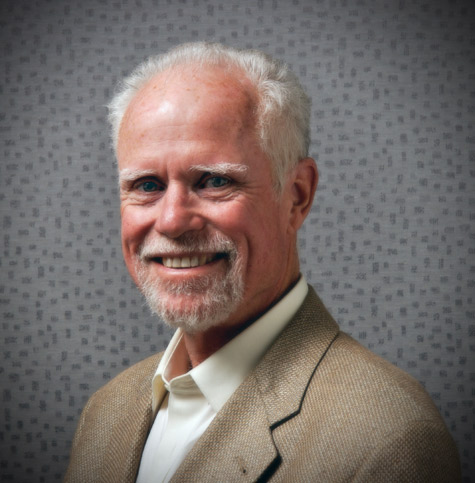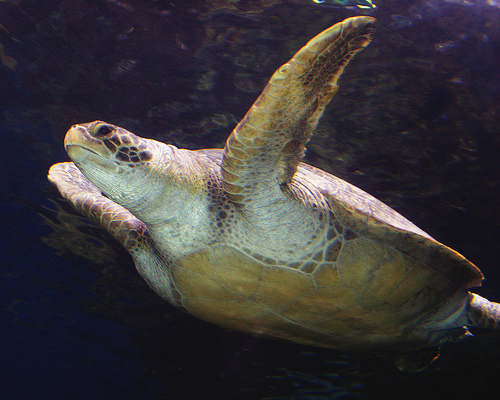
Experience the Aquarium like never before.
Get a behind-the-scenes look at what drives us, inspires us, and be a part of it all.

Starting in 1973, Dr. Weaver began designing and building closed aquaculture systems with the intent of creating the technology necessary to build a business that can compete with existing Asian tropical fish producers. This business produced over 20,000,000 fish per year for the research and pet markets in highly automated recycle system (both fresh water and marine).
As part of the above business, Dr. Weaver has been conducting research on water treatment systems for industry and aquaculture and been able to explore a number of different possible approaches. The invention of fine media fluidized bed biofilters for both waste treatment and aquaculture, the application of packed column re-aeration in aquaculture, the use of pure oxygen system with feedback control in aquaculture, the design development and use of automated feeding system, the use of low cost lime based pH feedback control systems are among the many firsts for Dr. Weaver. Side issues like rotifer mass production (billion+ per day continuous, stable culture system design) along with various waste treatment issues like contaminated ground water (MTBE contamination) were also solved.
Dr. Weaver does undertake consulting assignments in the aquaculture and waste treatment areas that he finds interesting or state of the art. These consulting assignments include water treatment and hatchery system for shrimp/fish hatcheries, maturation systems and broodstock growout systems. Consulting assignments for other consulting engineering firms related to water pollution, ground water contamination and related issues are another major area of consulting activity.
At the present time, Dr. Weaver is semi-retired and pursuing an interest in the suspended solids (SS) pollution from bottom trawling activities. It turns out that the amount of suspended solids pollution in the oceans of the world from this source is much greater than all other man made sources of suspended solids, yet there is very little scientific literature on the impacts of these very large suspended solids flows on the marine environment. The impacts seem to depend upon the type of sediments being mixed into the water column by the trawl nets. Soft anaerobic bottoms can add significant oxygen demand to the water column adding to “dead zone” problems and polluted sediment can transfer pollutants such as DDT’s and PCB to the planktonic algae then on to the food chain. This work is being done in conjunction with United Anglers of So. California.

Get a behind-the-scenes look at what drives us, inspires us, and be a part of it all.

Discount tickets available at Ralphs for a limited time